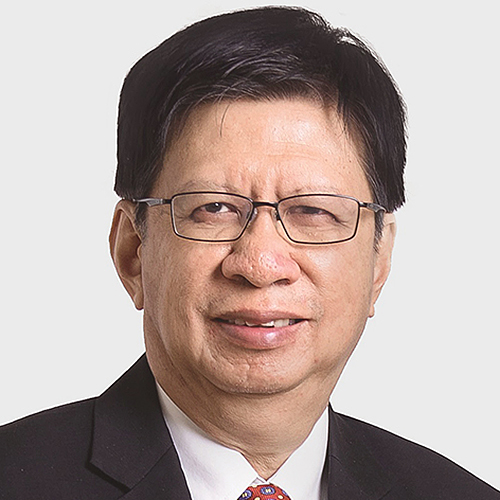GLOBAL fund selectors are on course to significantly ramp up ETF allocations in client portfolios over the next few years, according to a survey by J.P. Morgan Asset Management (JPMAM). As recently as 2016, ETFs made up just 22% of client portfolios on a global basis. Two to three years from now, this figure is set to increase to 39%. At present, ETFs account for 29% of investment portfolios globally.
The survey highlighted some notable regional differences when it came to ETF allocations. The US continues to lead the charge with ETFs currently making up 41% of client portfolios. This is expected to rise to 54% in two to three years’ time. More surprising, perhaps, is that Latin America currently stands head and shoulders above Europe, the Middle East and Africa (EMEA), and Asia Pacific in terms of ETF usage; 35%, 25% and 23% respectively, rising to 43%, 34% and 33% in the next two to three years.
“Investors are becoming increasingly knowledgeable about ETFs and choosing to embrace the ETF vehicle which offers a number of unique benefits like daily liquidity, intraday trading, transparency and real time price monitoring. We believe we’re at the tipping point of the mass market adoption of ETFs,” says Sean Cunningham, head of Asia ETFs, J.P. Morgan Asset Management.
“ETFs are typically viewed as an extension of investment toolkits to help meet evolving asset allocation needs. And this is what we’re seeing play out in our survey findings in terms of rising ETF allocations. What’s more, we’re finding many investors are increasingly banging the drum for actively-managed ETFs. They’re looking for actively managed strategies that can be delivered through the benefit rich ETF wrapper. This is the kind of innovation investors are now demanding,” says Cunningham.
In terms of identifying the potential drivers behind this burgeoning demand for higher ETF allocations in client portfolios, when asked what they regarded as the biggest advantages of investing in ETFs, 83% of global fund selectors selected fees and costs, followed by trading flexibility (65%) and transparency of holdings (40%). The continual shift towards passive investing was selected by less than a quarter (23%) of survey respondents.
On the subject of fees and costs, when asked to select their key investment objectives with respect to ETFs, cost control was cited by 62% of survey respondents. Interestingly, on a regional basis, cost control was cited as a key objective by 80% in the US, compared to only 38% in Asia Pacific. After cost control, liquidity, ease of trading and diversification were each seen as key investment objectives by around 50% of global professional buyers respectively.
In terms of asset class preferences, the survey revealed a degree of global synchronisation. Equity ETFs remain the most popular asset class for professional investors and their clients, with a 55% share of portfolios. Although it’s worth noting there was consensus amongst professional buyers that fixed income ETFs, alternative ETFs and multi-asset ETFs would attract a lot more capital over the coming years.
“Early ETF adoption was typically geared towards getting equity exposure but today, as the market matures, we’re seeing investors embracing fixed income ETFs at an equally fast pace. Investors cite they want simplicity, transparency and diversification which isn’t always possible when investing in global bond markets directly. We believe fixed income ETFs have the potential to be transcendent for investors and anticipate they’ll form a larger component of client portfolios within the next decade,” says Cunningham.
Finally, and perhaps most striking of all, was the figure that emerged in relation to respondents’ strategic use of ETFs. When asked about their investment time horizon, nearly 50% said they use ETFs for long-term investing in comparison to the 35% who said they use ETFs for short-term investing, thus challenging the commonly held perception that ETF investors tend to be intrinsically short-termist in nature.
“We’re committed to being part of a long-term conversation with our clients in order to help them build even more robust portfolios,” concludes Cunningham.









